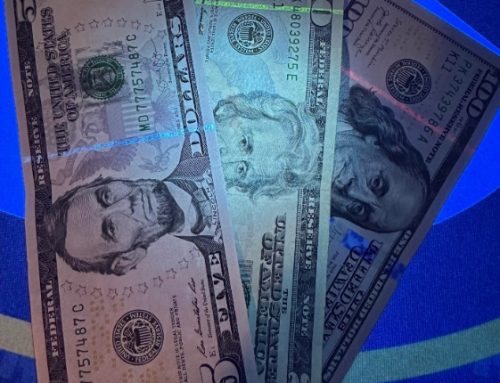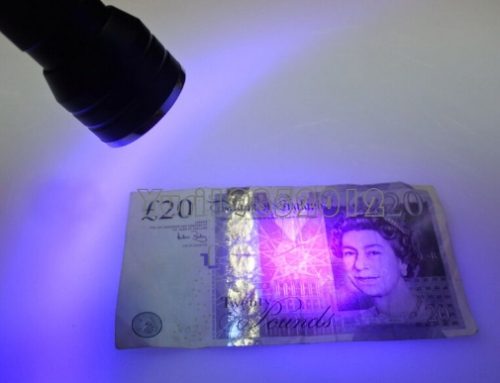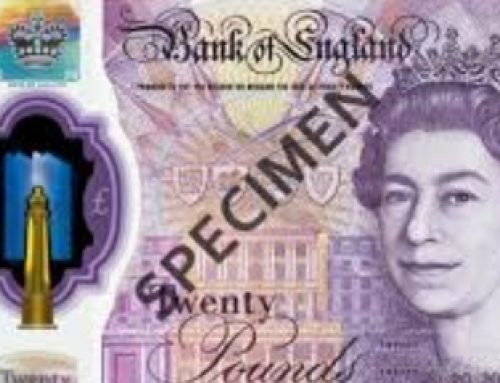UV flashlights are essential tools for verifying the authenticity of currency by exposing hidden security features like UV-reactive ink, security threads, and watermarks. Choosing the right UV flashlight ensures accurate detection and minimizes the risk of accepting counterfeit bills. In this guide, we’ll explore the key specifications to consider, with detailed explanations and comparison tables to help you make an informed decision.
1. Importance of UV Flashlights for Currency Verification
Currency from many countries includes security features that are visible only under specific UV light wavelengths. An inadequate UV flashlight may fail to reveal these features or cause false positives. The right UV flashlight should:
- Expose UV-reactive inks and threads clearly.
- Minimize visible light interference.
- Provide consistent and reliable performance.
2. Key Specifications to Consider
| Specification | Recommended Range/Type | Purpose |
|---|---|---|
| Wavelength | 365 nm to 395 nm | Reveals security features without excessive visible light. |
| UV Intensity | 1,000 μW/cm2 or higher | Ensures brightness to detect hidden elements clearly. |
| Lens Type | Anti-reflective coated glass | Reduces visible light and improves clarity. |
| Battery Type | Lithium-ion or high-quality AA/AAA | Provides stable and long-lasting power. |
| Body Material | Aluminum alloy or stainless steel | Ensures durability and heat resistance. |
| UV Filter | Integrated UV filter | Blocks visible light interference for clearer detection. |
| Power Output | 3W to 5W | Balances brightness and power efficiency. |
Summary: A UV flashlight for currency verification should operate at a wavelength of 365 nm to 395 nm with sufficient intensity and a proper UV filter to ensure accuracy.
3. Wavelength: The Most Critical Factor
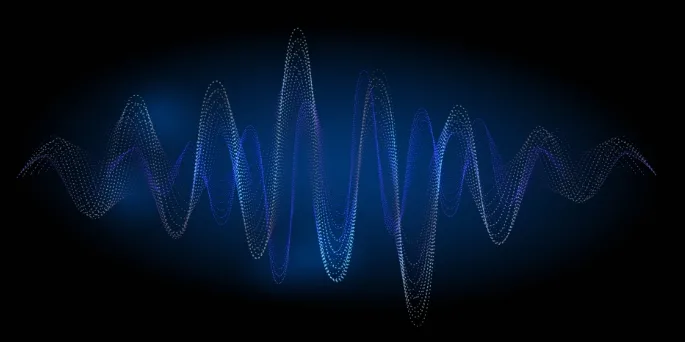
The wavelength of a UV flashlight determines which security features become visible. Here’s a comparison:
| Wavelength | Best For | Drawbacks |
|---|---|---|
| 365 nm | Revealing fine UV-reactive inks and threads | Higher cost, requires a good UV filter. |
| 375 nm | General currency verification | Moderate visible light interference. |
| 395 nm | Budget-friendly and common | More visible light, potential for false positives. |
Recommendation: For professional or business use, choose a 365 nm UV flashlight for its precision in detecting subtle security features.
4. UV Intensity: Ensuring Bright and Clear Detection
UV intensity is measured in microwatts per square centimeter (μW/cm2). Insufficient intensity can lead to unclear detection, while excessive intensity may cause glare.
| UV Intensity | Effectiveness | Recommended For |
|---|---|---|
| < 500 μW/cm2 | Dim, hard to detect features | Casual use or low-light environments. |
| 1,000 μW/cm2 – 2,000 μW/cm2 | Bright and clear for all security features | Professional and business use. |
| > 2,000 μW/cm2 | Risk of glare and eye discomfort | Industrial or forensic applications. |
Recommendation: For currency verification, a UV flashlight with 1,000 μW/cm2 or higher is ideal.
5. Battery Type and Power Efficiency
Battery type impacts both the runtime and intensity of UV flashlights.
| Battery Type | Pros | Cons |
|---|---|---|
| Lithium-ion (Rechargeable) | High power and long runtime | Higher initial cost. |
| Alkaline AA/AAA | Widely available and affordable | Limited runtime and lower power output. |
| CR123A Lithium | High energy density, compact | More expensive and less common. |
Recommendation: For frequent use, go with lithium-ion batteries for consistent intensity and longer runtime.
6. Lens and UV Filter: Enhancing Clarity
A high-quality lens and UV filter can significantly reduce visible light interference, making UV features more visible.
| Lens Material | Effectiveness | Recommended For |
|---|---|---|
| Anti-reflective coated glass | Minimizes visible light interference | Professional and business use. |
| Plastic or acrylic | Affordable but prone to scratches | Casual or occasional use. |
Tip: Look for UV flashlights with integrated UV filters to ensure accurate detection without visible light interference.
7. Power Output: Balancing Brightness and Efficiency
| Power Output (Wattage) | Performance | Recommended For |
|---|---|---|
| 1W – 2W | Energy-efficient, moderate brightness | Casual use or for small bills. |
| 3W – 5W | Bright, effective for detailed detection | Professional and business use. |
| > 5W | Risk of overheating, excessive brightness | Industrial or forensic applications. |
Recommendation: A power output of 3W to 5W offers a good balance between brightness and efficiency for currency verification.
8. Comparison: Key Specifications for Different Uses
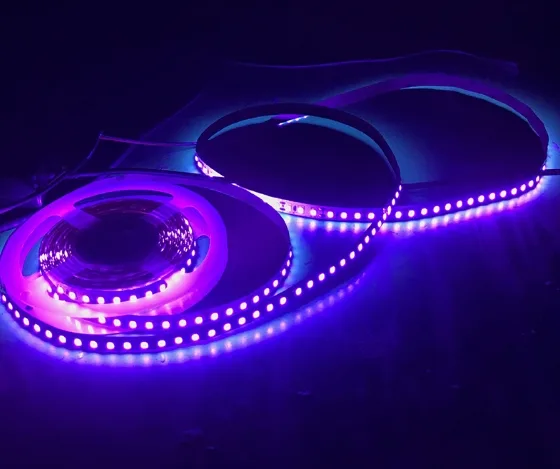
| Specification | Casual Use | Professional Use | Industrial Use |
|---|---|---|---|
| Wavelength | 395 nm | 365 nm | 365 nm |
| UV Intensity | 500 μW/cm2 | 1,000 – 2,000 μW/cm2 | > 2,000 μW/cm2 |
| Battery Type | Alkaline AA/AAA | Lithium-ion | Lithium-ion or CR123A |
| Lens Type | Plastic | Anti-reflective coated glass | Anti-reflective coated glass |
| Power Output | 1W – 2W | 3W – 5W | > 5W |
Summary: For most users, a 365 nm UV flashlight with 3W-5W power output and lithium-ion batteries offers the best combination of precision and performance.
9. Tips for Choosing the Best UV Flashlight for Currency Verification
- Prioritize Wavelength: Ensure it operates at 365 nm for professional use.
- Check for UV Filters: Reduces visible light interference for clearer detection.
- Select the Right Battery: Lithium-ion for long-lasting and stable power.
- Inspect Lens Quality: Go for anti-reflective coated glass for better clarity.
- Consider Portability: Compact and lightweight designs are easier to handle for business use.
10. Summary: Ideal Specifications for UV Flashlights in Currency Verification
| Key Specification | Ideal Range/Type |
|---|---|
| Wavelength | 365 nm to 395 nm |
| UV Intensity | 1,000 μW/cm2 or higher |
| Battery Type | Lithium-ion or high-quality AA/AAA |
| Lens Type | Anti-reflective coated glass |
| Power Output | 3W to 5W |
| UV Filter | Integrated UV filter |
Choosing a UV flashlight that meets these criteria will enhance your ability to detect counterfeit currency accurately and efficiently.
